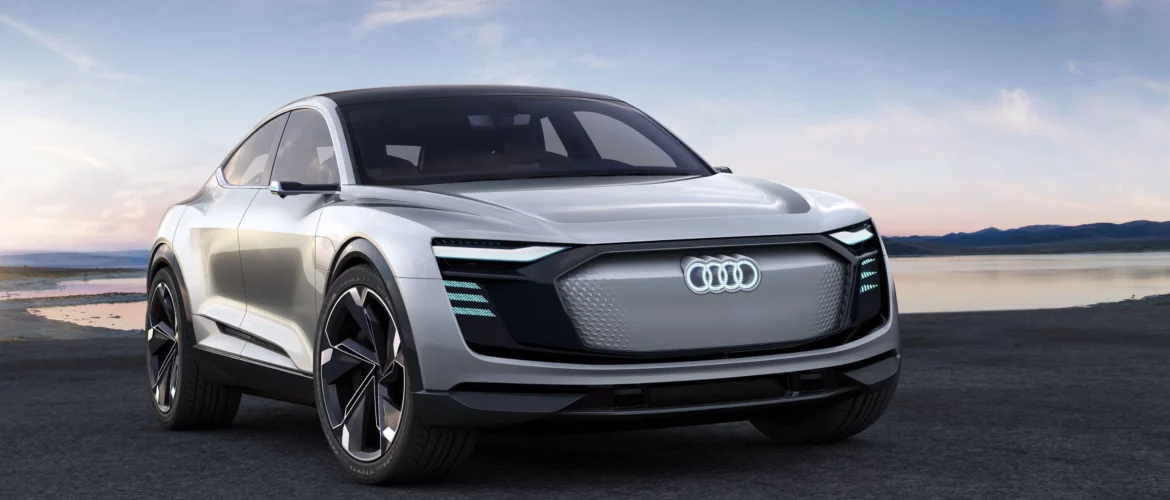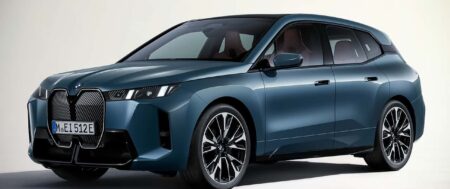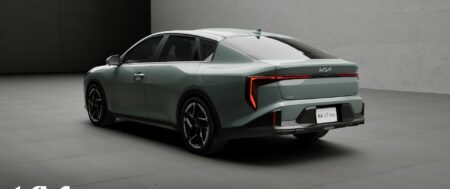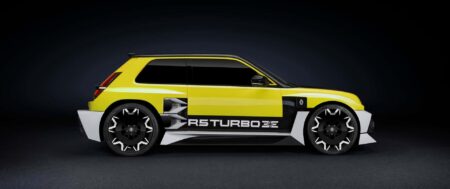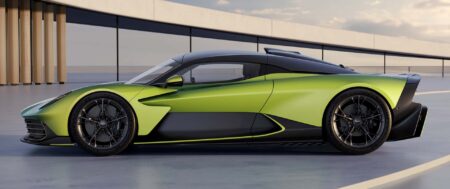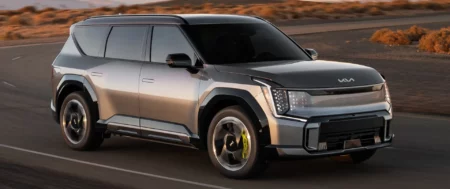Audi is investing in a full slate of new models, both electric and with internal combustion engines. Like the rest of the Volkswagen Group, and the industry overall, Audi is planning for a future that is ultimately EV-only. But during the transition, the automaker is allocating just as many resources to next-generation vehicles on a new, dedicated platform with upgraded powertrains centered around the internal combustion engine.
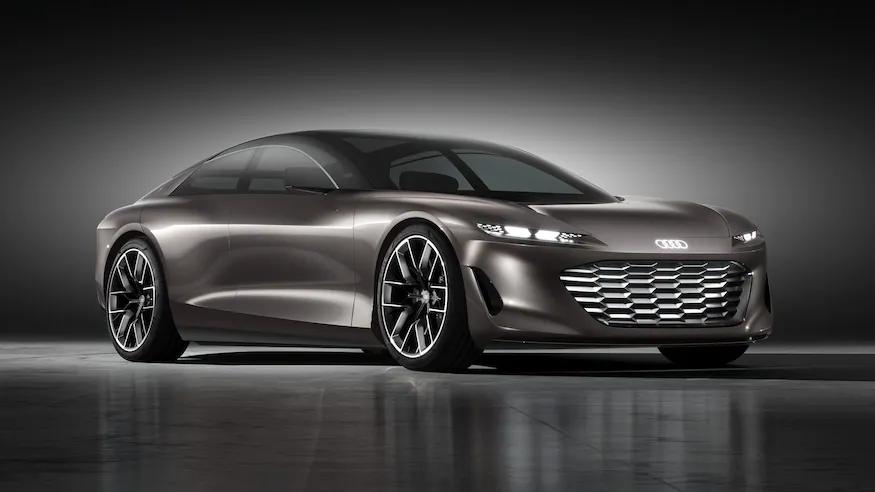
Audi has said in the past that by 2025, its U.S. lineup will be 30 percent electrified with a combination of battery-electric vehicles, but also plug-in hybrids that still have a gas-powered engine under the hood.
We travelled to Ingolstadt for a better overview of Audi’s strategy and a sneak peek at models to come. Board members said globally Audi will have 20 electric vehicles from 2023 to 2027, up from eight now, which means new nameplates as well as electrifying the current lineup. It will be a real party, says Oliver Hoffmann, member of the Audi board of management for Technical Development. No new ICE models will be introduced after 2026; the only all-new vehicles you will see from Audi will be battery electric. And Audi will only build and sell EVs after 2033 in all parts of the world with the possible exception of China.
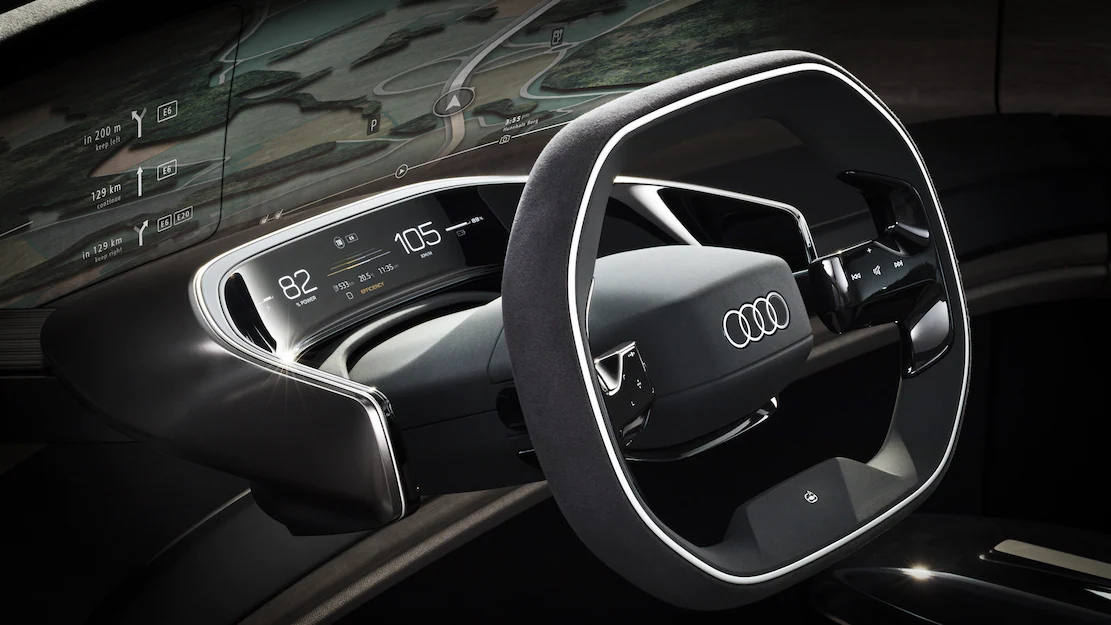
The Non-EV Majority
While other automakers are already redirecting the bulk of their resources to EVs and letting current ICE models run their course, Audi will still cater to the majority of buyers who are aren’t ready to go full EV.
We cannot provide full details of the new vehicles on the immediate horizon yet, but we can tell you Audi is equally committed to both streams of product development: EV and ICE. Future models are split between two new dedicated platforms to support their differing powertrains and take advantage of the different layout and packaging options each makes possible. Audi Head of Design Marc Lichte says separating the platforms creates opportunities and means no compromises.
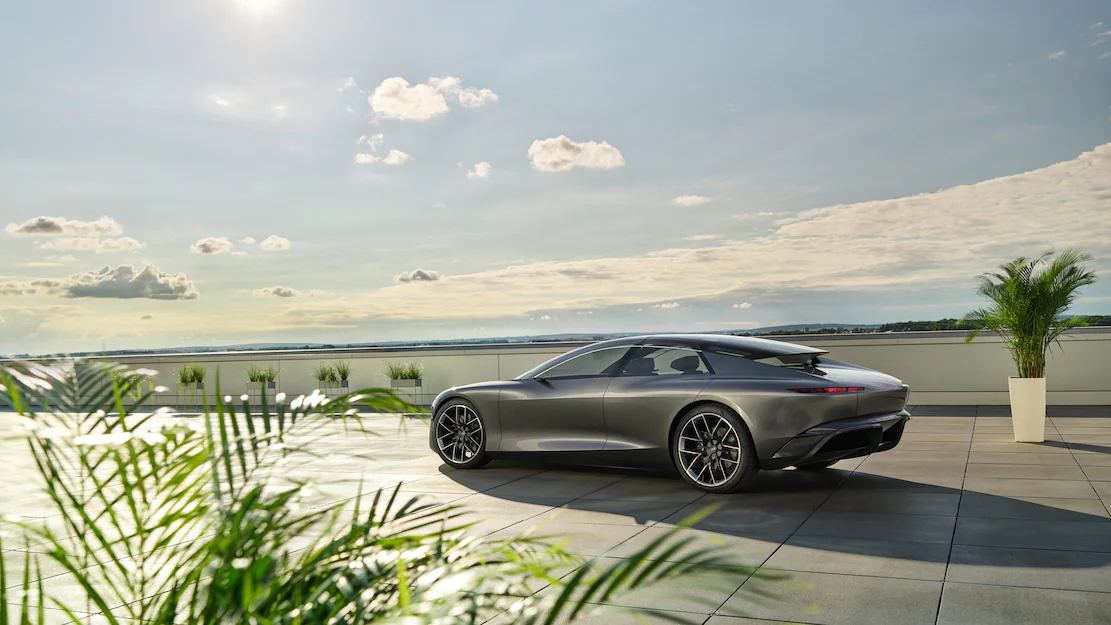
Gas-Engine Future Audis Get New Platform
There will be successors to many of the existing conventional models in the Audi lineup, but they will move to a new architecture known as PPC (Premium Platform Combustion). It was engineered to accommodate a variety of internal combustion engines and combinations including mild hybrids, plug-in hybrids, and performance variants. It means successor models will migrate from the VW Group’s MLB architecture to PPC.
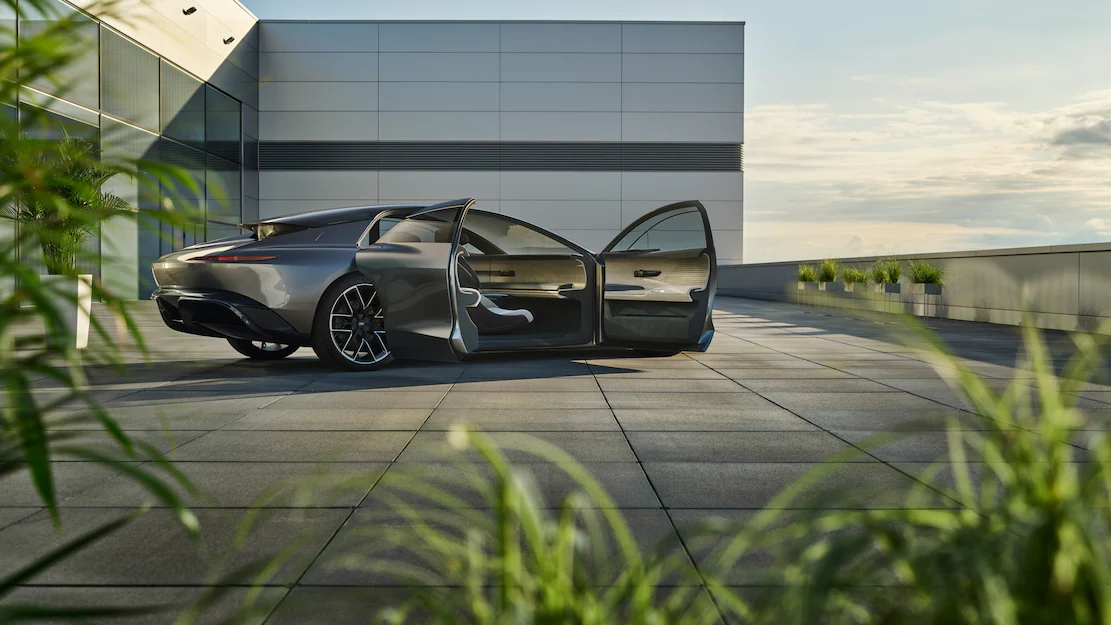
To meet global emissions regulations, the final round of PPC models will use new, more efficient combustion engines—sort of. Engineers kept the same block and upgraded from there.
Which vehicle will be first to launch from PPC? Given that the fourth-generation 2022 Audi A8 just got a midcycle upgrade, and the 2022 Audi A6 and A7 are still pretty fresh, dating back to the 2019 model year, our money is on the A4 luxury compact sedan and sportier A5 as the oldest of Audi’s mainstream models; the current generation debuted for the 2017 model year.
Fate Of Audi R8, TT, Potential Q9 Large SUV
Hoffmann says PPC is scalable and can even do big SUVs, but he won’t discuss the Audi Q9 SUV rumored to be in the works.
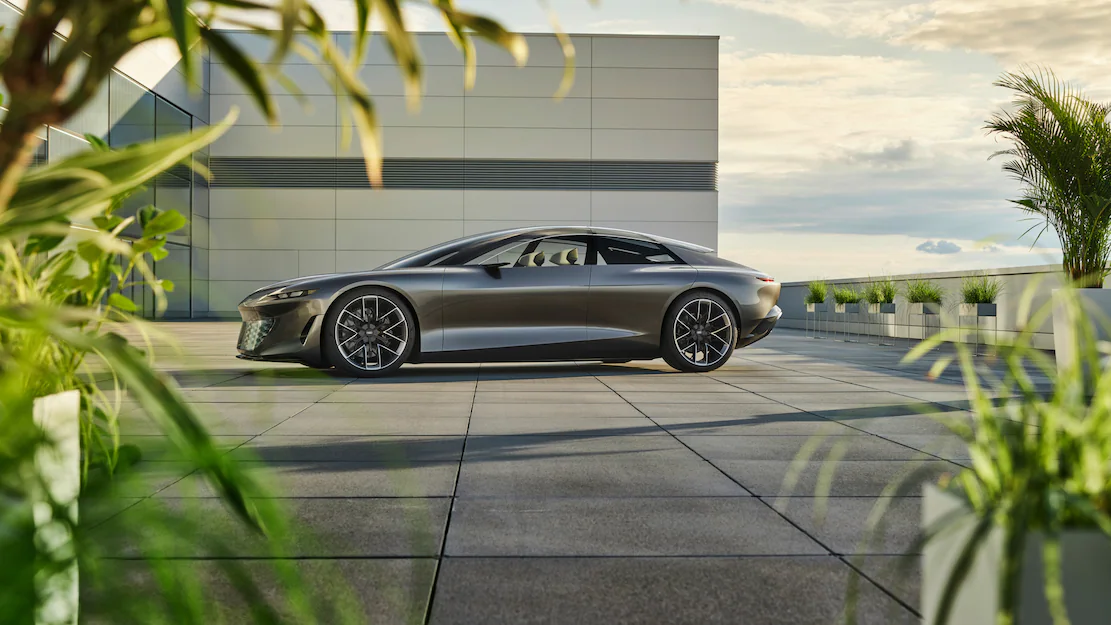
What won’t have an ICE successor: the small Audi A1 and Q2 which are sold in Europe and will be phased out. The Audi R8 two-seater and Audi TT will also drive off into the sunset, but Hoffmann is not disclosing timing. He says not all decisions have been made. Audi has other entry-level vehicle plans and concepts it is working on to fill the space—think EV.
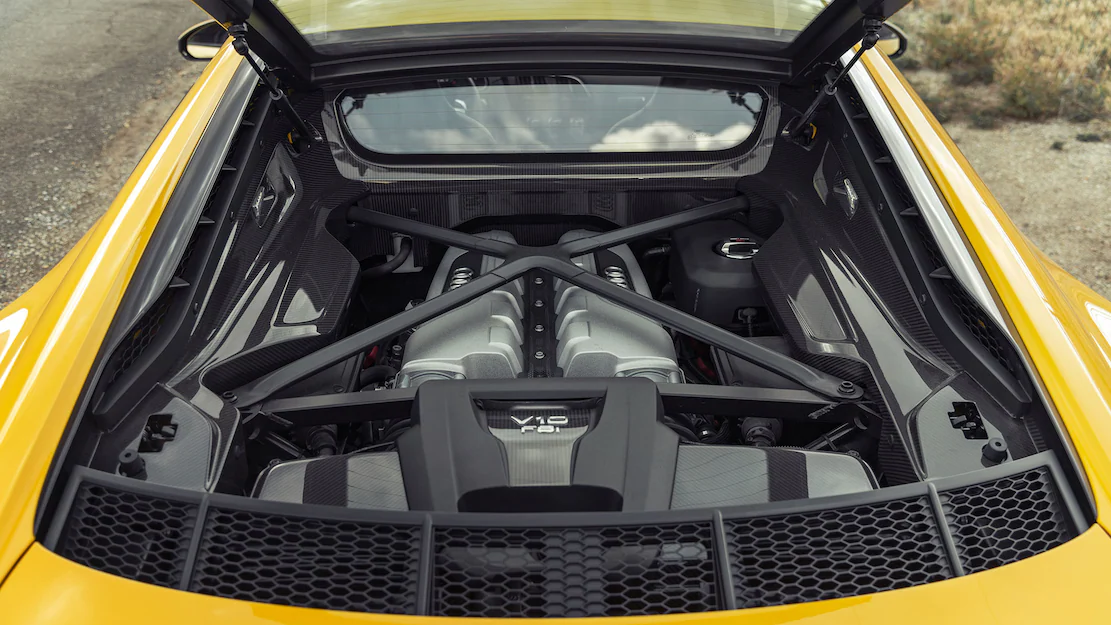
Audi’s Dedicated EV Architecture For More E-Trons
Future E-Tron all-electric vehicles will come from the PPE (Premium Platform Electric) architecture developed with Porsche and Bentley. That means no more EVs for Audi from VW Group’s MEB platform that supports the VW ID family of electric vehicles
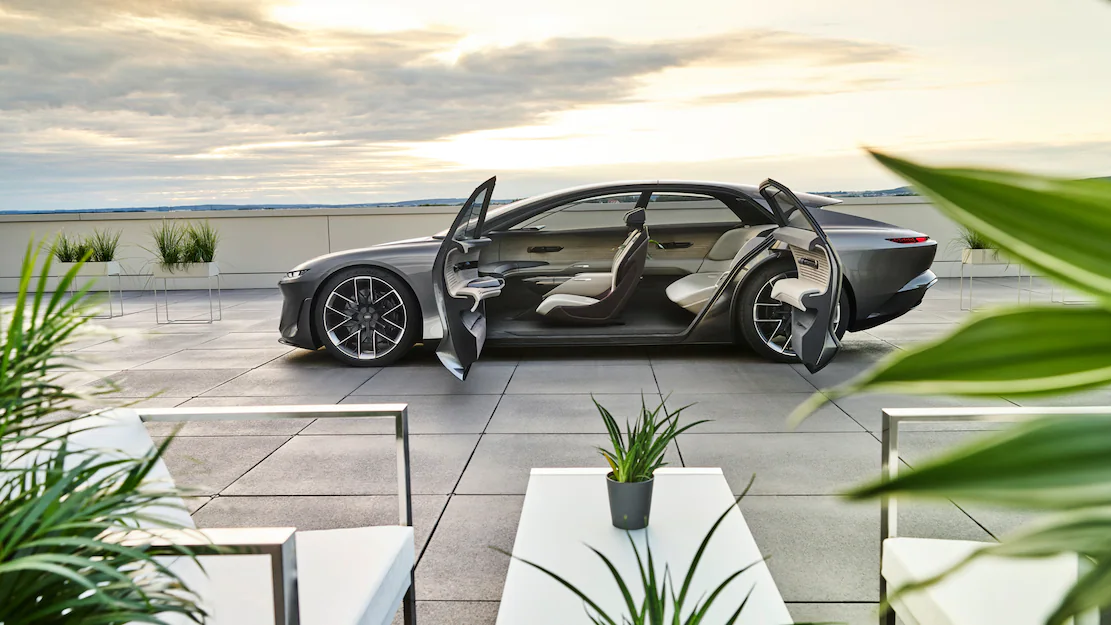
We don’t expect to see the first of the new batch of E-Trons utilizing PPE until fall 2023, for sale later that year in Europe and reaching North America in 2024. Current E-Trons (E-Tron SUV, Sportback, GT fastback, and forthcoming Q4 E-Tron and Q4 E-Tron Sportback which are coming in the next few months) are not on PPE.
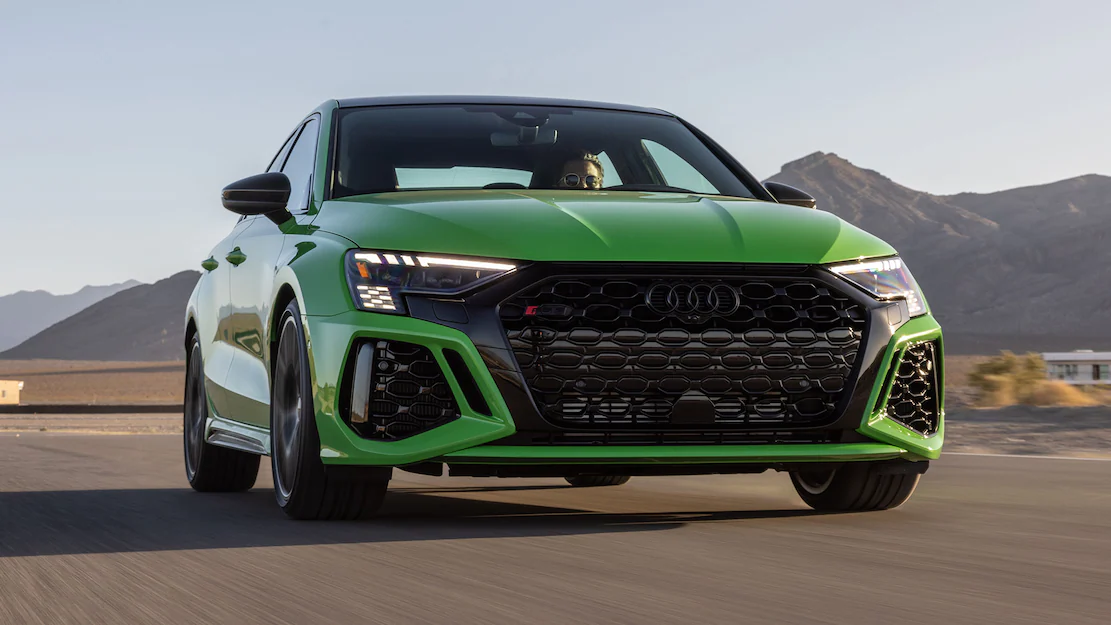
We are expecting Q6 and A6 E-Trons. Audi has previously said there will be both gas and electric versions of the A6 and showed the A6 E-Tron Concept at the 2021 Shanghai auto show that was described as 95 percent production ready, complete with a fastback roofline that looks more like an A7 than an A6. There are also spy shots of both the sedan and SUV.
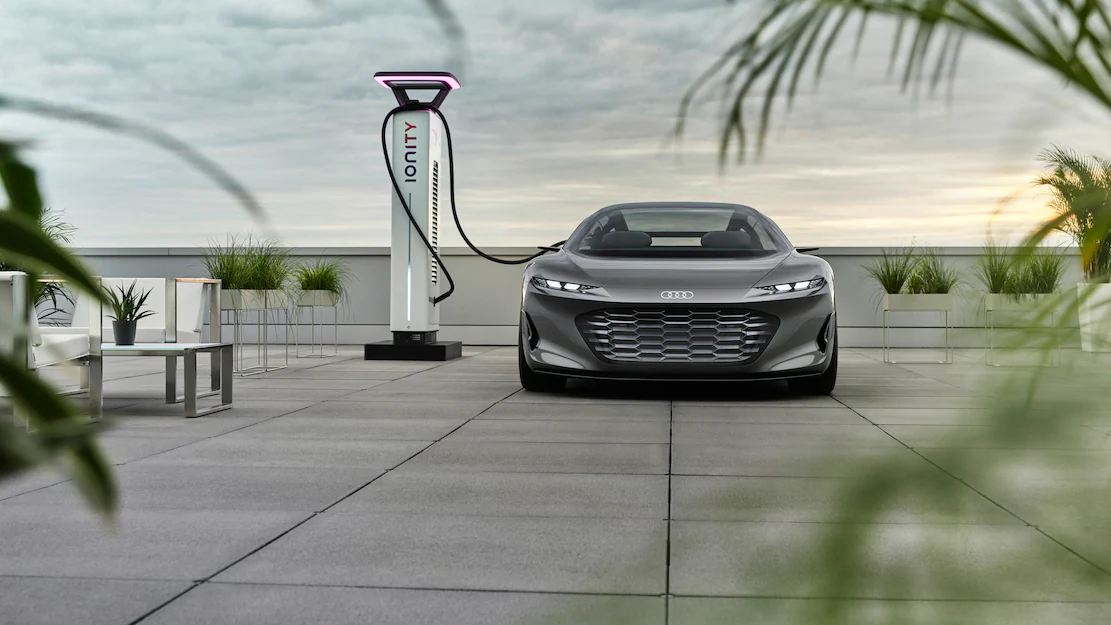
If you liked the concepts, you should not be disappointed when the production models come out. We will provide full details once Audi releases them. To maintain Audi DNA, we fully expect the EVs to be offered with a single motor for rear-wheel drive and dual motors for quattro all-wheel drive. In terms of body styles, Audi is known for sedans and wagons, SUVs and Sportbacks, and we expect future E-Trons to be offered similarly.
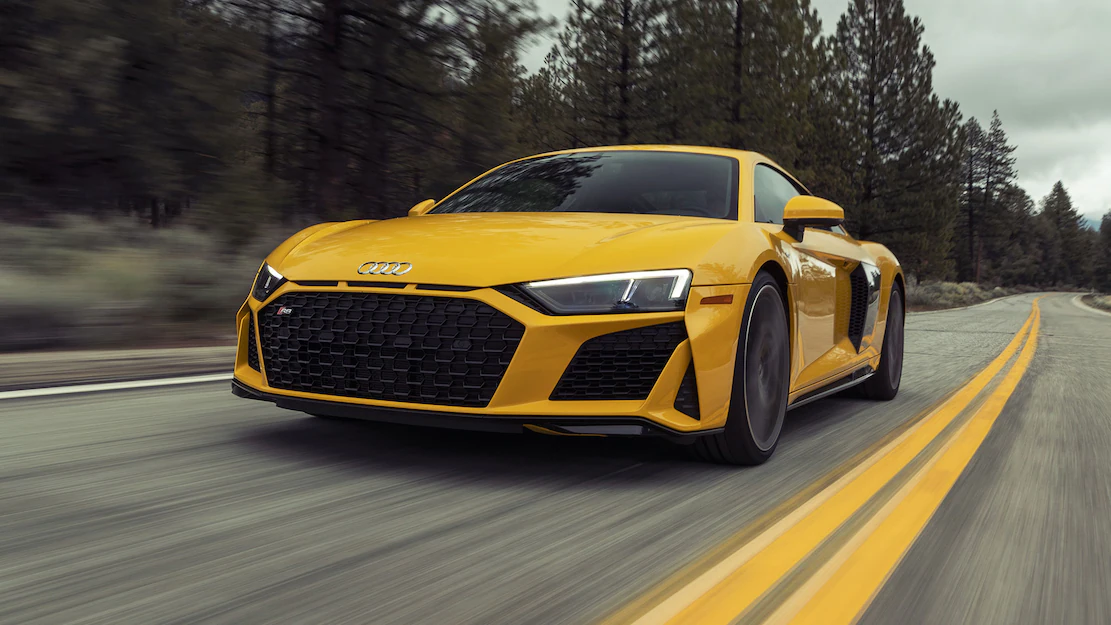
Off-Road Capable Audis With Help From Scout
One new area the brand is exploring is a more rugged SUV. The VW Group has acquired the Scout name and is building a new brand around it with a platform for SUVs and pickups that can venture off-road. An executive tells us Audi is intrigued and looking at whether using the Scout platform could broaden Audi’s footprint, but no decisions have been made. Nor is there timing for when a decision might be made.
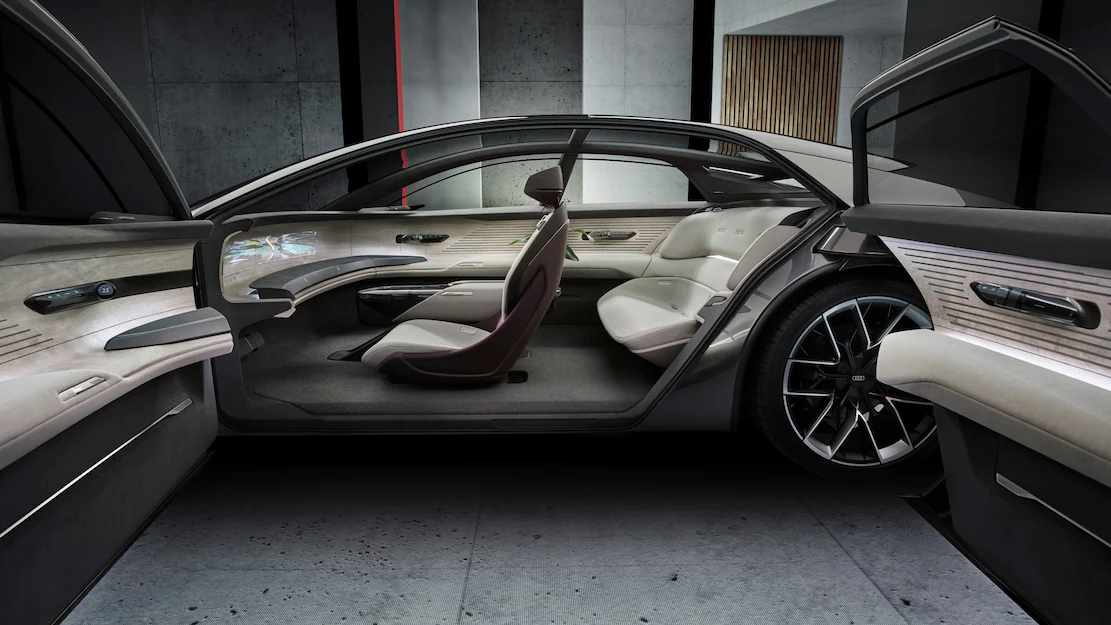
It is not a new idea: Audi showed the AI:Trail quattro electric off-road concept at the 2019 Frankfurt auto show. The addition of the Scout brand provides a platform to make musings a reality. Should Audi go down this off-road, rugged Audis would likely come from the VW plant in Chattanooga, making them the first Audis built in the U.S.
At the other end of the spectrum, we are unlikely to see convertibles make it to production, a segment for which there is not much of a market.
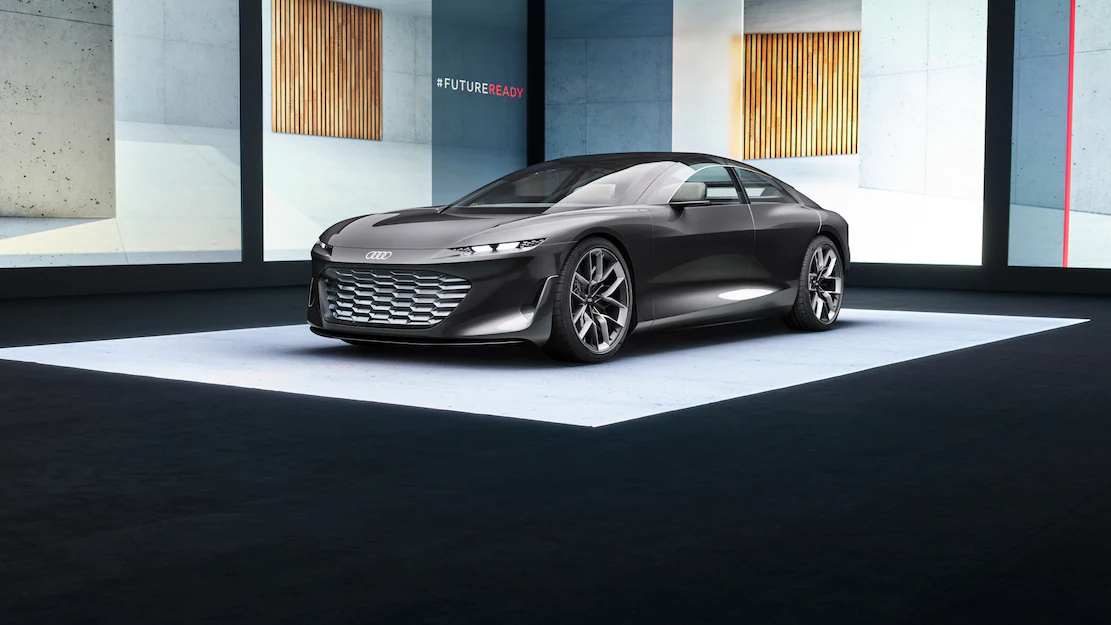
A new electrical and electronic architecture for infotainment and connectivity, that is more software-based to better add and update features, will be shared by both platforms. Viewing a vehicle as the sum of its systems, as opposed to the sum of its components, is changing how Audi develops vehicles, Hoffmann says. Volkswagen’s CARIAD software unit has created a software platform, a foundation upon which each brand can layer on its own distinctive tech and options.
Audi’s Out Of This Sphere Concepts
Audi has also been teasing us with a trio of “sphere” concepts. The Grandsphere is a fastback luxury sedan while the Skysphere is a two-door convertible with a wheelbase that grows and shrinks depending on whether you are driving or the autonomous driving system takes over. The Urbansphere, a minivan-like large MPV designed to transport people in China’s megacities. It had us wondering: will there be a fourth sphere next year, in keeping with the four rings of the Audi logo?
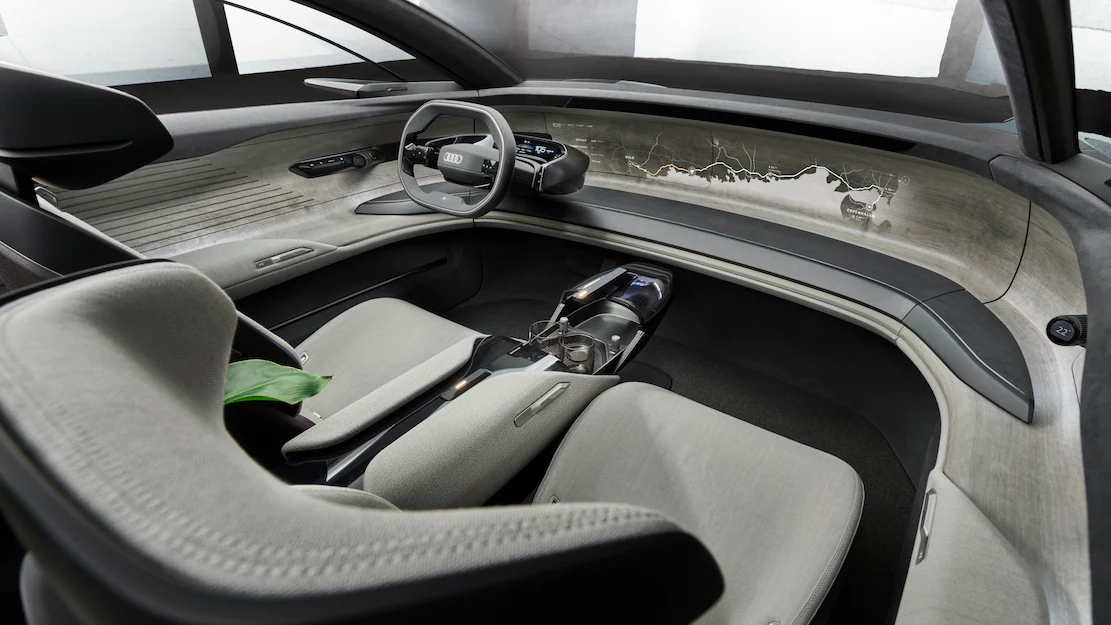
Either way, the sphere series of concepts were not designed as precursors to production models, but as design and tech templates from which future vehicles can be derived. They offer a clear view of Audi’s interior and exterior design direction, especially when there is Level 4 autonomy.
Production And Profit
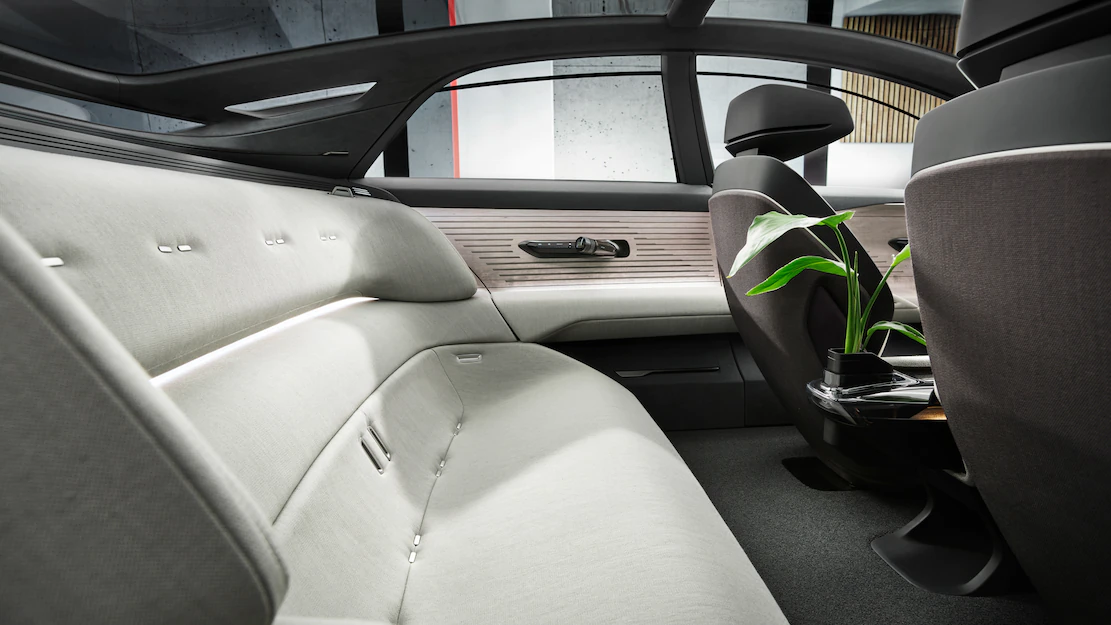
Hoffmann says Audi wants to sell 3 million cars by 2030, with a profit margin of 11 percent as the automaker limits its products at the lower end and expands at the upper end. Inventory is still a problem. Audi officials say the semiconductor chip crisis will ease, but the shortage will continue to hamper vehicle stocks for the rest of the year and potentially into 2023. Issues sourcing wiring harnesses have been resolved.
